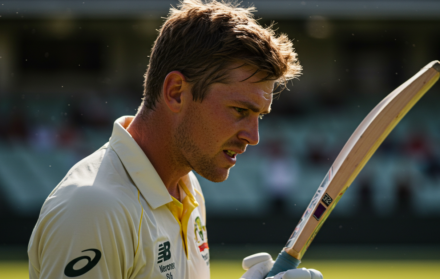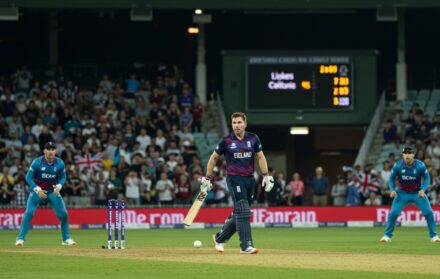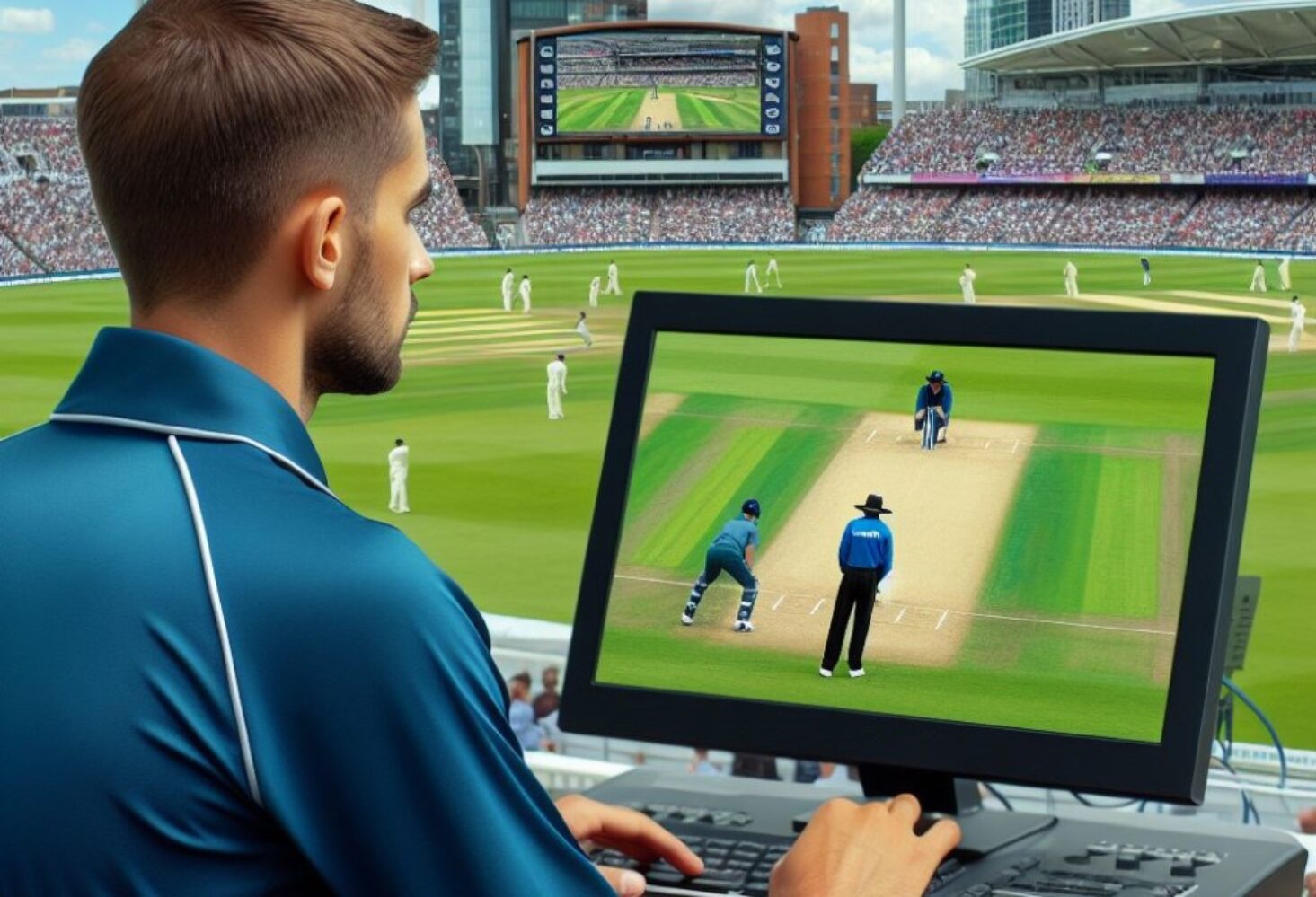
What Is The Role Of The Third Umpire
The role of the third umpire in cricket has become increasingly significant in recent years, revolutionizing the decision-making process on the field. The introduction of the third umpire has brought more accuracy and fairness to the game.
So, what exactly is a third umpire? It refers to an off-field umpire who uses technology and video footage to assist the on-field umpires in making decisions. This addition was necessary due to the limitations faced by on-field umpires, such as being unable to see certain angles or incidents clearly.
The responsibilities of the third umpire are multifaceted. Firstly, they are in charge of the Decision Review System (DRS), allowing teams to challenge on-field decisions by referring to replays and technology. The third umpire plays a crucial role in checking for no-balls, assisting with close catch decisions, and making run-out and stumping decisions.
The decision-making process of the third umpire involves utilizing technology and video footage to ensure accuracy. They have access to multiple camera angles and can zoom in on specific incidents for detailed analysis. They communicate with the on-field umpires via an earpiece to discuss and finalize decisions.
However, the role of the third umpire can sometimes be marred by controversies. Challenges arise regarding the interpretation of video evidence, as it can sometimes be subjective. The time delay caused by referring decisions to the third umpire can disrupt the flow of the game and lead to debates.
The future of third umpire technology holds promising advancements. Ball-tracking technology and the use of Ultra Edge has already improved decision-making. Further advancements in artificial intelligence (AI) may lead to automated decision-making, reducing the human element and potential errors.
The Role of the Third Umpire
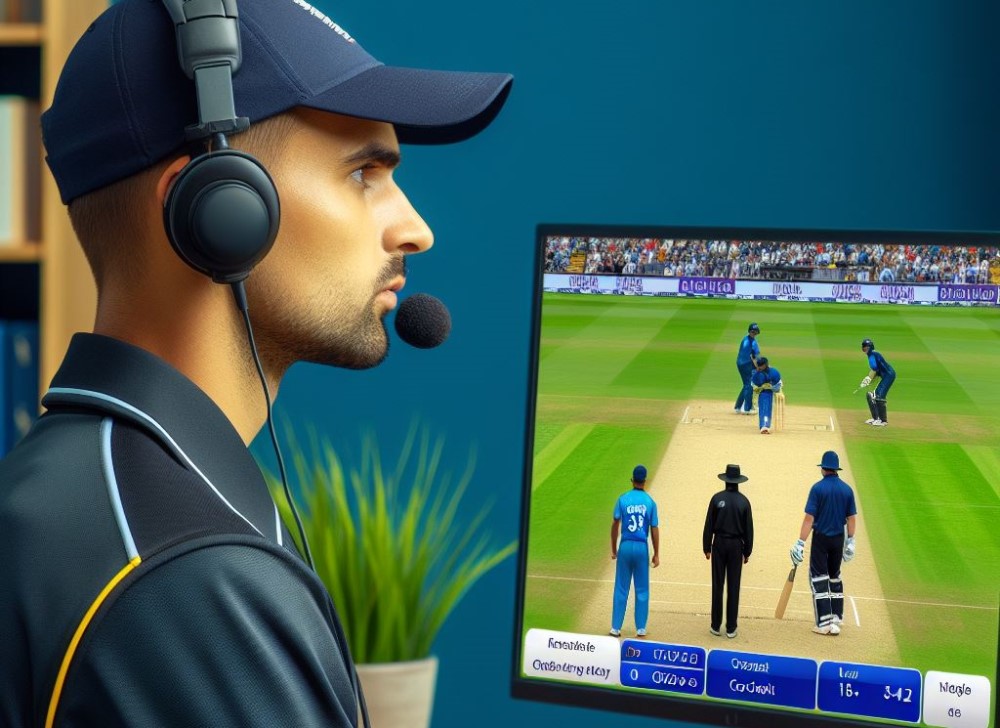
The role of the third umpire in cricket is of utmost importance. Their main purpose is to assist the on-field umpires in making accurate decisions using advanced technology. By incorporating this system, fairness and precision are ensured in the game.
With access to a wide range of replays and camera angles, the third umpire can effectively review and analyze contentious decisions related to run-outs, stumpings, catches, and boundaries. To convey their verdict, they utilize a communication system that allows seamless interaction with the on-field umpires.
The incorporation of this system has significantly reduced errors in decision-making, establishing itself as an indispensable component of modern cricket officiating.
What is a Third Umpire?
The role of the third umpire is crucial in cricket matches. They are responsible for making decisions using TV replays in cases where the on-field umpires are unsure. The third umpire, also known as the third official, sits in a room equipped with multiple monitors and a communication system to collaborate with the on-field officials.
They review close calls such as catches, run-outs, and stumping. This review system ensures fair gameplay and reduces errors, making the third umpire an integral part of cricket matches.
The introduction of the third umpire has significantly improved the accuracy of decision-making, benefiting the game and the players involved.
Why was the Third Umpire Introduced?
The third umpire was introduced in cricket to aid the on-field umpires in making accurate decisions. This was necessary due to the increasing complexity of the game and the need for fairness.
By using technology, such as TV replays and ball-tracking systems, the third umpire can review contentious decisions and provide a more reliable verdict. The introduction of the third umpire has helped to minimize errors and improve the overall integrity of the game.
The Third Umpire was introduced in cricket to aid the on-field umpires in making accurate decisions.
What are the Limitations of On-field Umpires?
The limitations of on-field umpires can have a significant impact on the accuracy of decision-making in cricket matches. These limitations, such as human error and the limitations of the human eye, can result in incorrect decisions, especially when it comes to small details like edges or no-balls.
On-field umpires have only a split second to make their decisions, often without the advantage of technology. Therefore, the outcome of the game can be affected due to these inaccuracies.
To address these limitations, the introduction of a third umpire with access to advanced technology and video footage has proven to be effective. This has enabled more accurate decisions and has helped in reducing errors. However, there are still challenges in interpreting video evidence, and the time delay in decision-making can disrupt the flow of the game.
To improve the situation, it is suggested to invest in advancements in ball-tracking technology. This would help in providing additional support to the umpires and enhance their decision-making process.
Additionally, exploring the use of AI for automated decision-making can also be beneficial. This would further assist in making accurate decisions and minimizing human errors.
Overall, addressing the limitations of on-field umpires is crucial for ensuring fair play and enhancing the overall quality of cricket matches.
What Are the Responsibilities of the Third Umpire?
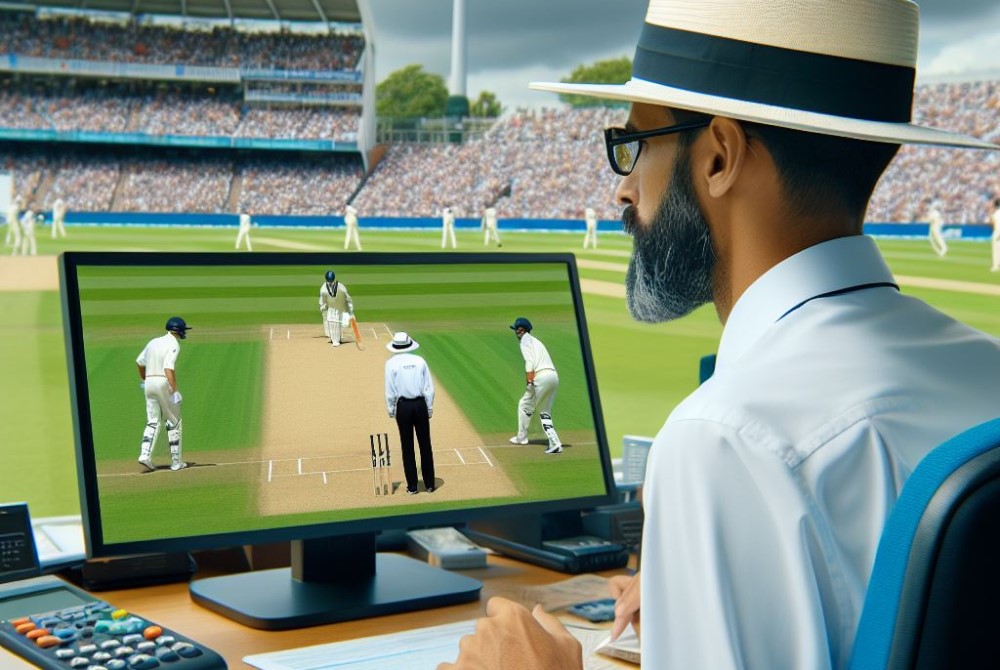
Ever wondered what the third umpire’s role is in a cricket match? In this section, we’ll dive into the responsibilities that fall under their jurisdiction. From reviewing decisions using the Decision Review System to assessing no-balls and assisting with close catch calls, the third umpire plays a crucial role in ensuring accurate outcomes.
We’ll also explore their involvement in run-out and stumping decisions, shedding light on how their expertise helps maintain fairness in the game. Get ready to discover the hidden duties of the third umpire!
Decision Review System
The Decision Review System (DRS) is a crucial component of modern cricket that enables teams to challenge on-field umpire decisions. The Decision Review System (DRS) aims to minimize errors and enhance the accuracy of decision-making in the game.
It comprises various technologies, such as ball-tracking and Ultra Edge, to support decision-making.
Components and advantages of the Decision Review System (DRS):
- Ball-tracking: Provides a visual representation of the ball’s trajectory to determine its path and potential impact on the stumps.
- Ultra Edge: Assists in identifying whether the ball made contact with the bat or the pad, aiding in making accurate decisions on catches and LBW (Leg Before Wicket) appeals.
- Hot Spot: Utilizes thermal imaging to detect any contact between the ball and bat, aiding in detecting edges.
- Snickometer: Determines if the ball touched the bat through real-time soundwave analysis.
- Improved decision accuracy: Reduces human error and enables more accurate decision-making.
- Transparency: Provides players and viewers with a clear understanding of the decision-making process.
- Fairness and impartiality: Ensures fair outcomes for teams and players.
The Decision Review System (DRS) has had a significant impact on the game of cricket by bringing greater fairness and accuracy to decision-making. Its continued advancement and integration of newer technologies are expected to further enhance its effectiveness in the future.
Checking No-balls
Checking no-balls is a crucial responsibility of the third umpire in cricket. This role was implemented to guarantee precise decisions concerning no-balls, which occur when a bowler’s front foot crosses the popping crease.
To determine if a no-ball has been bowled, the third umpire uses technology, specifically the line-detection system. This system enables accurate measurements and minimizes human error.
By diligently checking no-balls, the third umpire contributes to maintaining fair play and ensuring that batsmen are not put at a disadvantage due to illegal deliveries.
This aspect of the third umpire’s role has significantly enhanced the accuracy and fairness of cricket matches.
Assisting with Close Catch Decisions
The role of the third umpire in cricket involves assisting with close catch decisions, utilizing technology and video footage to make accurate rulings. When the on-field umpires are unsure if a catch has been cleanly taken, the third umpire examines multiple camera angles to ascertain whether the ball made contact with the ground.
This technology-driven process not only helps prevent mistakes but also ensures fair play. Controversies may arise from challenges in interpreting video evidence, potentially affecting the flow of the game.
The future of third umpire technology may incorporate advancements in ball-tracking, Ultra Edge, and the integration of artificial intelligence for automated decision-making.
Run-out and Stumping Decisions
Responsibilities:
Verify run-out and stumping decisions: The third umpire checks if the batsman is out of the crease when the stumps are disturbed.
Confirm stumping: The third umpire reviews if the batsman’s back foot is behind the crease when the wicketkeeper takes off the bails.
Multiple angles: The third umpire examines various camera angles to ensure accurate decisions.
Slow-motion replays: The third umpire utilizes slow-motion replays to assess whether the batsman is out or not. Inconclusive evidence If there is insufficient evidence, the on-field umpire’s decision stands.
How Does the Third Umpire Make Decisions?
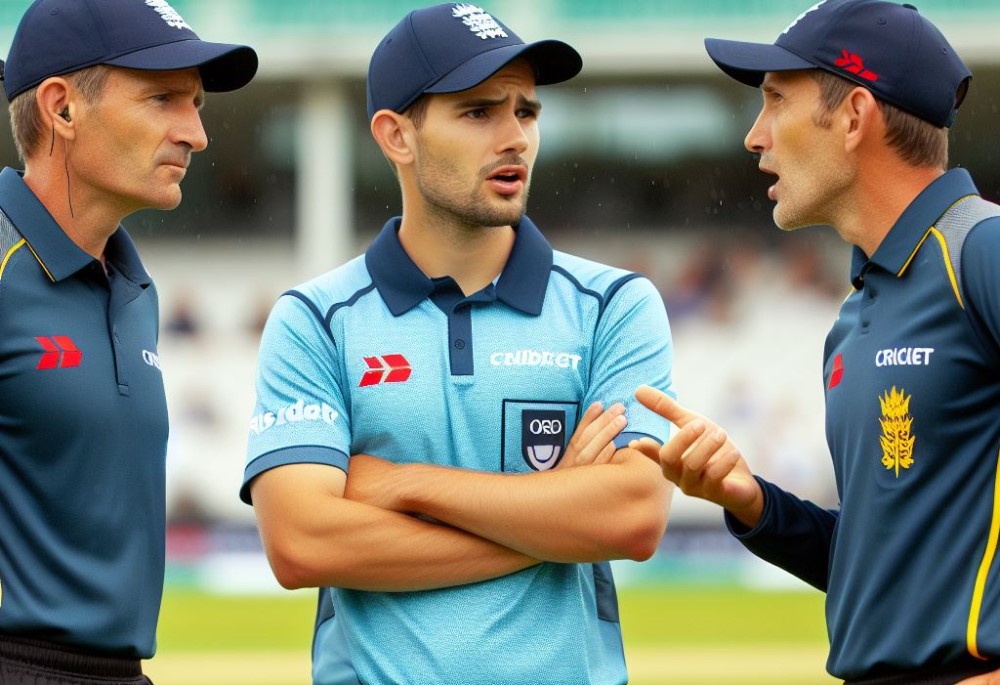
Ever wondered how the third umpire makes those crucial decisions in cricket matches? Well, in this section, we’ll dive into how they accomplish this.
From utilizing cutting-edge technology and video footage to having direct communication with on-field umpires, we’ll uncover the fascinating ways the third umpire works behind the scenes to ensure fair play and accuracy in the sport.
Get ready to explore the intricate world of decision-making in cricket like never before!
Technology and Video Footage
- Technology and Video Footage: The third umpire utilizes various technologies such as Hawkeye, Hot Spot, and Snickometer to carefully analyze high-definition video footage from multiple angles. This incorporation of technology and video footage has significantly enhanced the accuracy of decision-making in cricket matches.
- Challenges: Challenges arise in interpreting the video evidence captured through technology and video footage, especially when it comes to fine margins and subjective calls. The third umpire must navigate these challenges in order to make accurate decisions.
Pro-tip: It is important to note that the third umpire’s role is to assist the on-field umpires and not to make all the decisions.
Communication with On-field Umpires
- The on-field umpire signals for a decision to be referred to the third umpire.
- The third umpire reviews the incident using various high-tech tools, such as ball-tracking and ultra-edge technology.
- Effective communication with the on-field umpires is crucial for the third umpire during the review process.
- The third umpire communicates with the on-field umpire through an earpiece and provides their decision based on the evidence available.
- If there are any doubts or clarifications required, the on-field umpire can ask questions to ensure effective communication with the third umpire, who will provide further information.
- The on-field umpire then signals the final decision to the players and spectators.
Throughout history, effective communication between the third umpire and on-field umpires has evolved, moving from hand signals to the introduction of wireless communication systems. This advancement has improved decision-making accuracy and reduced errors in the game.
Controversies Surrounding Third Umpire Decisions
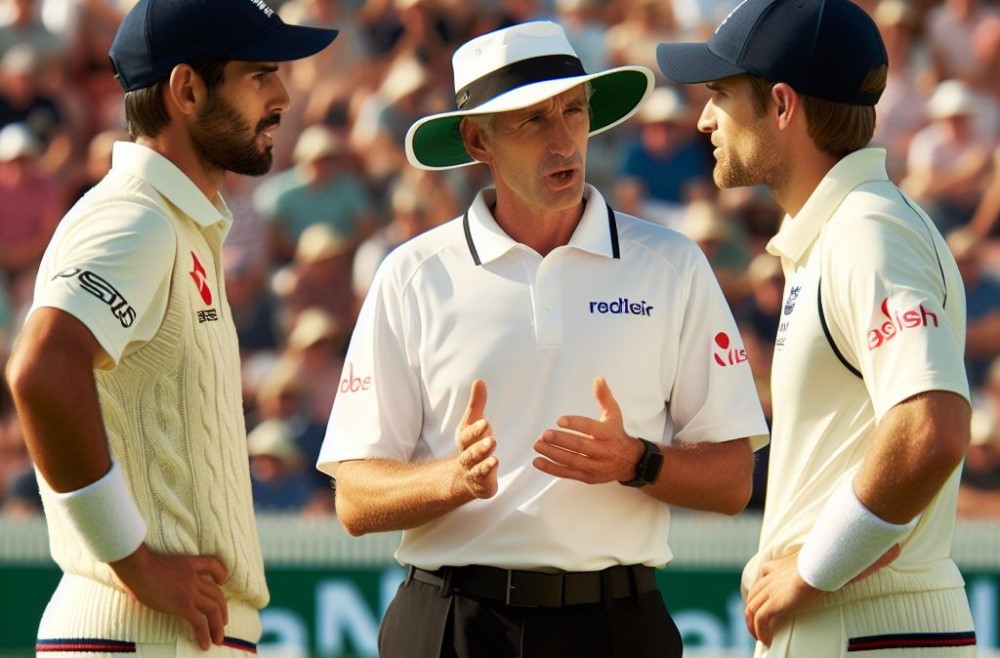
Controversies surrounding third umpire decisions have been a hot topic of debate, igniting passion and stirring emotions among cricket enthusiasts. With so much at stake, it is imperative to explore the challenges in interpreting video evidence and the impact of time delays on the flow of the game.
Unveiling the intricacies of these sub-sections will shed light on the controversies and provide a deeper understanding of the role of the third umpire.
Get ready to dive into the heart of the matter and discover the fascinating dynamics behind these contentious moments in cricket.
Challenges in Interpreting Video Evidence
Challenges in interpreting video evidence are a persistent hurdle for the third umpire when it comes to making precise decisions. Although the use of technology, such as ball-tracking and Ultra Edge, has contributed to improved decision-making, it still faces its fair share of challenges.
Camera angles, frame rates, and lighting conditions are all factors that can impact the interpretation of video evidence. Furthermore, subjective judgments, like determining the exact moment of impact, can introduce an element of uncertainty.
These challenges were recently highlighted during a cricket match when a close catch decision was overturned due to insufficient conclusive evidence.
The incident served as a reminder that continual adaptation and refinement of technology and video analysis techniques are essential in order to address these challenges and ensure fairness in future matches.
Time Delay and Impact on Flow of the Game
The use of the third umpire in cricket matches has led to controversies regarding time delays and their impact on the flow of the game.
- Time delays: The review process often takes time, interrupting the natural rhythm of the game.
- Flow of the game: The stoppages for third umpire decisions can disrupt the momentum and intensity of the match.
- Player frustration: Sometimes, players can get impatient with the delays, affecting their focus and performance.
- Spectator experience: Lengthy delays can diminish the excitement and engagement of the spectators.
Pro-tip: To mitigate these issues, cricket authorities could explore ways to expedite the review process, such as implementing faster and more efficient technology, while ensuring that the accuracy and fairness of the decisions are not compromised.
The Future of Third Umpire Technology
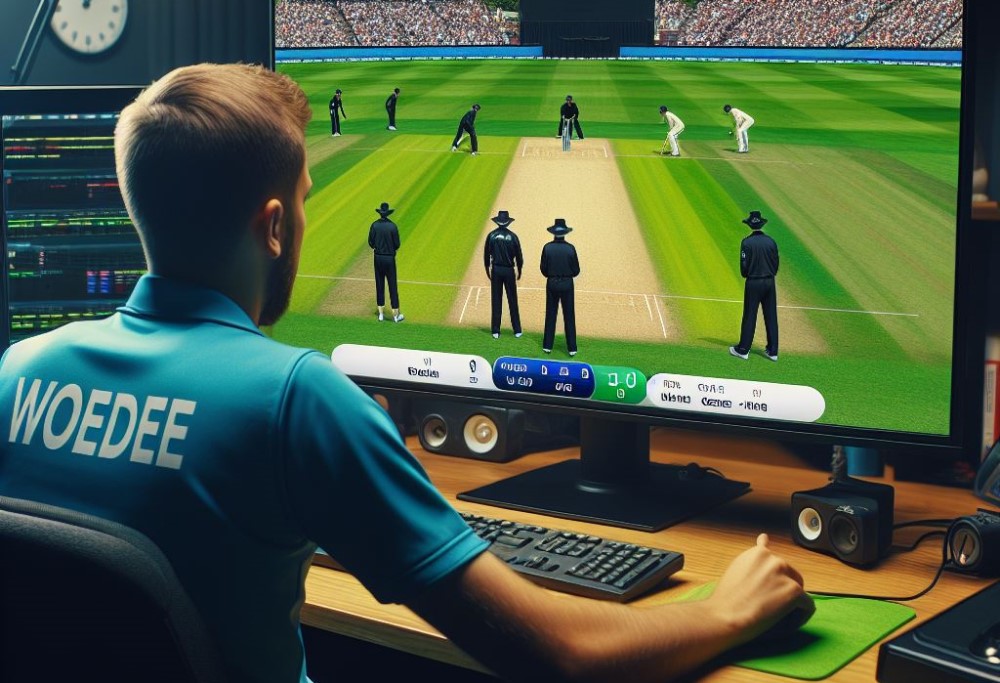
With advancements in ball-tracking and ultra edge technology, and the integration of AI and automated decision-making, the future of third umpire technology is set to revolutionize the game of cricket.
These cutting-edge developments promise to enhance accuracy and efficiency in decision-making, providing players, umpires, and fans alike with a more reliable and transparent experience.
So, what does the future hold for the implementation of these technologies in the world of cricket? Let’s delve into the exciting possibilities that lie ahead.
Advancements in Ball-tracking and Ultra Edge
Advancements in ball-tracking technology and the Ultra Edge system have completely transformed the role of the third umpire in cricket. These groundbreaking advancements have resulted in more precise and efficient decision-making processes.
- Ball-tracking: Utilizing state-of-the-art cameras and sophisticated algorithms, ball-tracking technology tracks and analyzes the trajectory and movement of the ball. This invaluable tool assists the third umpire in determining whether a delivery is legitimate or if it has deviated.
- Ultra Edge: By utilizing advanced microphones and specialized software, the Ultra Edge system detects even the slightest edges off the bat. This remarkable technology aids the third umpire in making accurate decisions on appeals for caught behind.
These remarkable advancements have significantly heightened the accuracy of decision-making, drastically minimizing the occurrence of human errors.
Pro-tip: Stay well-informed about the latest technologies and developments in the game to truly comprehend the pivotal role of the third umpire and to fully appreciate the unparalleled precision it brings to the sport.
AI and Automated Decision Making
AI and automated decision making have completely transformed the function of the third umpire in cricket. Here are some crucial aspects to take into account:
- Accuracy: AI technology plays a crucial role in delivering precise and unbiased decisions, effectively minimizing human errors.
- Speed: By employing automated decision-making processes, the time taken for reviews can be significantly reduced, thereby enhancing the flow of the game.
- Consistency: AI systems ensure consistent decision-making throughout matches, eliminating any form of subjective judgments.
- Challenges: Although implementing AI in cricket raises concerns about the reliability of the technology and potential disruptions to the traditional umpiring system.
- The future: With advancements in ball-tracking and Ultra Edge technology, combined with further developments in AI, the future holds the promise of even more accurate and efficient decision-making processes.
During an international match in 2021, an AI-powered system successfully identified an obscured no-ball that was missed by the on-field umpires, thus highlighting the immense potential of AI and automated decision making in cricket.
Frequently Asked Questions
What is the role of the third umpire in cricket?
The role of the third umpire in cricket is to make decisions on run outs, stumpings, catches, boundaries, and whether a batsman is hit in front or behind. They also review decisions made by the on-field umpires when there is doubt about whether a batsman is out or not.
What responsibilities does the third umpire have?
The responsibilities of the third umpire include making decisions on appeals referred to them by the on-field umpires, declaring a batsman out if they believe the on-field umpires made a mistake, and ensuring that all television replays are shown to the on-field umpires promptly.
What is the significance of the third umpire in cricket?
The third umpire is important in cricket because they ensure that all field decisions are fair and accurate. They review all replay footage to ensure the correctness of calls made by the umpires. Without the third umpire, there would be a higher potential for mistakes during a match.
What are the benefits of the third umpire system?
The benefits of the third umpire system include reducing the number of incorrect decisions made by umpires, ensuring that all decisions are made based on all available evidence, and allowing umpires to consult with each other.
What additional duties does the third umpire have in Test matches and One Day International series?
In Test matches and One Day International series, if no fourth umpire is appointed, the third umpire’s duties also include taking a box of new balls to the fielding side’s dressing room and supervising the selection of the match ball. They are also responsible for handling any replacement balls in these circumstances.
What kind of equipment does the third umpire’s room need to have?
The third umpire’s room should be equipped with a high-quality TV monitor with direct TV picture sound feed, a comms unit for communication with the TV director, a portable radio or dedicated communication system for contact with the umpires on the field and other officials, an iPad/tablet for DRS timing and data input, and a separate telephone for communication.
